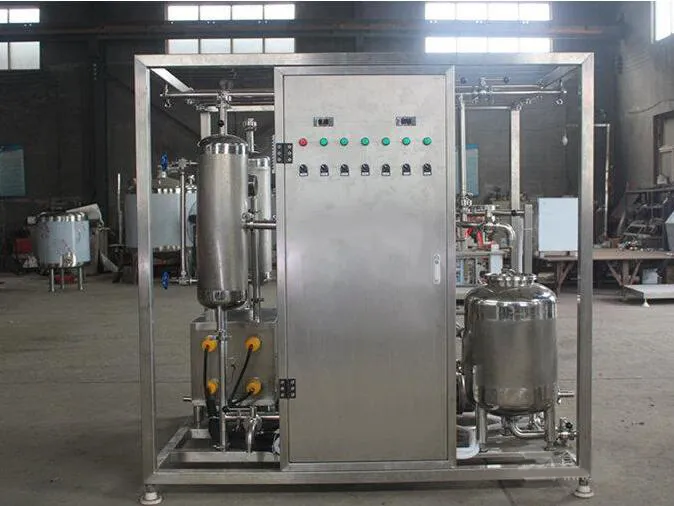What’s the process principle of UHT milk sterilization
In the production process of dairy products, in order to improve the appearance, nutritional value and storage time of liquid milk, and alleviate the uneven geographical distribution of milk, the liquid milk with long shelf life entering the market has to go through a process of ultra-high temperature sterilization according to regulations, in order to destroy the microorganisms and spores that can grow in it. If this standard operation, it is difficult to live in the sealed bag. Today we’re going to focus on uHT milk.
Uht milk (also known as room temperature milk) is an instant sterilization process in which milk is instantaneously sterilized at uHT (135℃ to 150℃, 4 to 15 seconds), completely destroying growable microorganisms and spores. But because of high temperature processing, some of the milk’s heat-resistant nutrients such as vitamins will be destroyed, the lactose will also coke, protein and lactose will also have a certain Maillard reaction, so that milk brown, and destroy the original flavor of milk. Uht milk can be stored at room temperature for more than 30 days. UHT pasteurized milk is usually packaged with Tetra Pak brick and Tetra Pak Pillow (commonly known as paper packaging), which is produced by Tetra Pak with high cost and has the words “UHT Instant” on the packaging, and the Tetra Pak logo can be seen.
Ultra-high temperature technology effectively destroys bacteria, but at the same time preserves milk’s original nutrients. The report showed that UHT treatment had no effect on the nutritional values of fats, minerals and main proteins in milk, and only minimal changes in the nutritional values of essential amino acids and vitamins.
Uht milk requires fresh, high-quality milk sources. After entering the production workshop, the special process of pretreatment should be carried out first. Raw milk is heated to 75 ° C in a sealed tube to activate the bacteria in the milk, which is then greatly improved by uHT. For milk to be sterile, raw milk must have no more than 30,000 bacteria per milliliter before it can be UHT, which actually meets the standard for Pasteurized drinking milk, but UHT milk has a higher standard.
For consumers, either pasteurized milk or uHT milk is a good source of dietary calcium in our daily lives. Generally, pasteurized milk can be preferred for daily home drinking if there is time to purchase, but it must be kept in the refrigerator and the shelf life should be noted. If you go out, you can give priority to ultra high temperature sterilized milk, because this kind of milk is easy to carry, storage is not limited by temperature.
